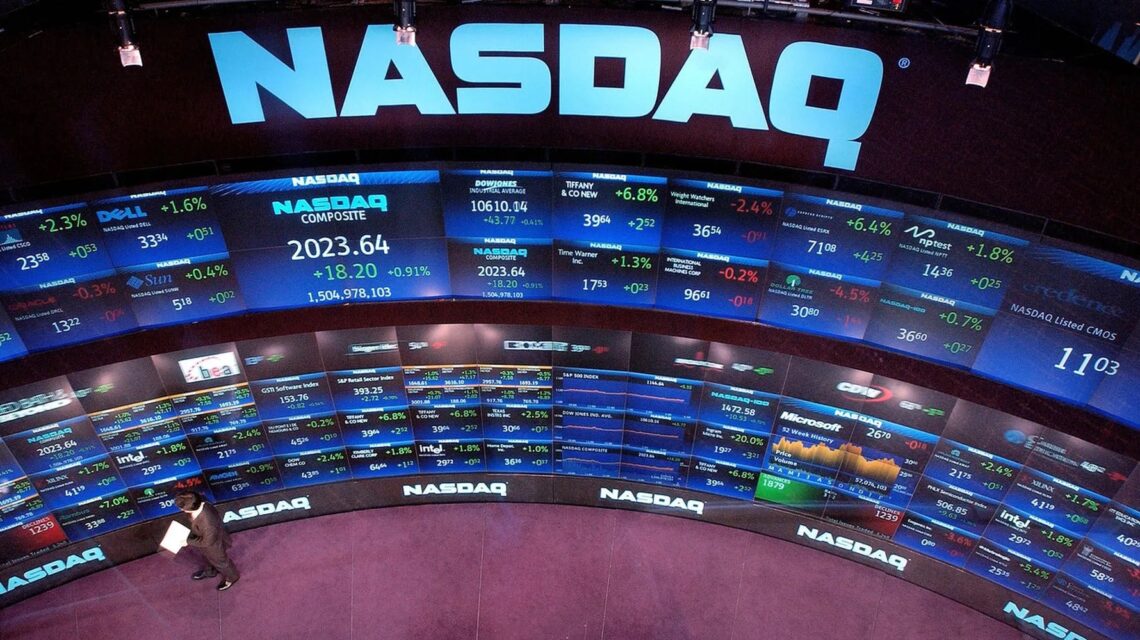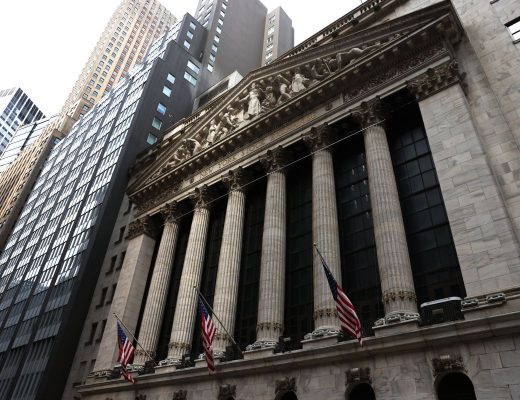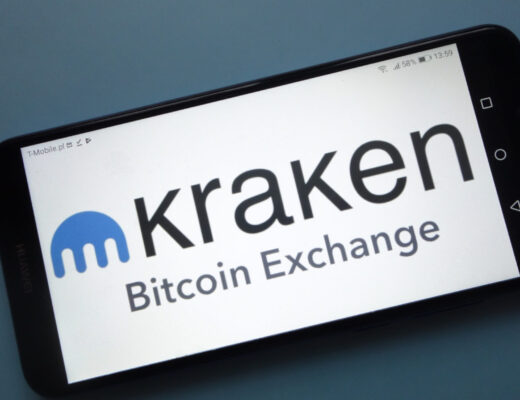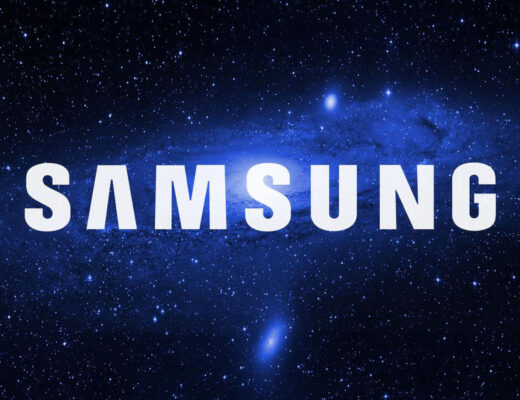How the Nasdaq IPO Pulse Index works
The US stock exchange Nasdaq has launched a new IPO Pulse Index. It allows specialists to track activity in the IPO sector. This helps to analyse trends and predict the future.
In 2023, the global financial market experienced a slowdown in the IPO sector. In addition, returns were also at historically low levels. It is worth noting that IPO dynamics are cyclical. At first glance, the segment appears to be influenced by economic processes and changes in interest rates. In reality, however, there are many more factors at play. The Pulse Index was explicitly developed to analyse these factors.
During testing, the tool showed the following results:
– it revealed a gradual shift in the activity of the listed sector since the 1990s;
– it showed that the index outperformed the real performance on average by 5 months;
– the tool’s data was on the upswing in October 2022. This was on the eve of the December low;
– the Pulse hit a 2-year high in December 2023.
This suggests that the index can predict trends several months ahead. Current readings point to a continuation of the uptrend for around six months. The Pulse confirms the experts’ optimistic expectations for 2024.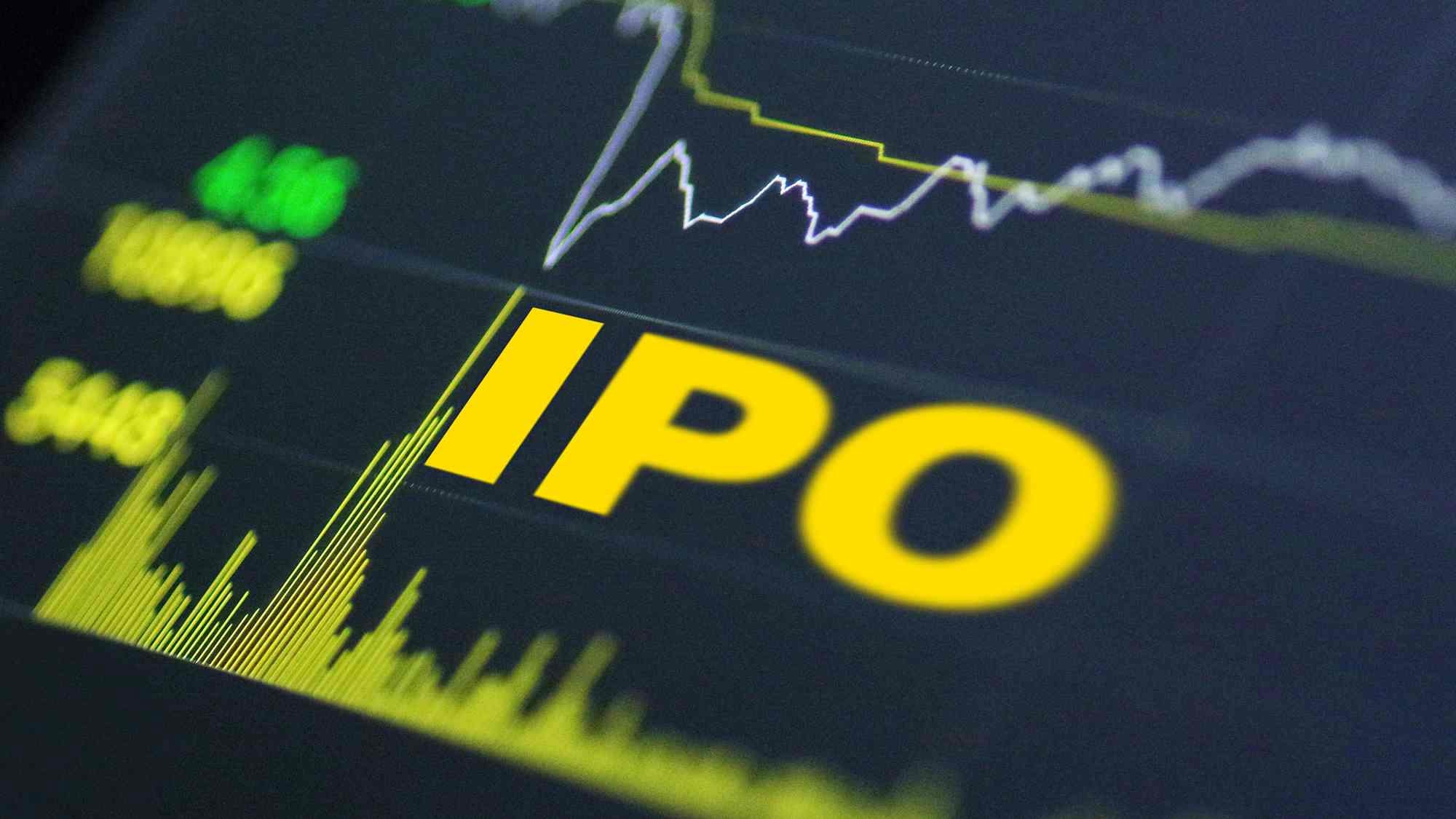 The tool uses 6 essential factors that reflect the situation in the primary placement sector. They make it possible to identify development patterns in the segment over several decades. They include:
The tool uses 6 essential factors that reflect the situation in the primary placement sector. They make it possible to identify development patterns in the segment over several decades. They include:
– changes in interest rates;
– market volatility;
– equity returns;
– investor sentiment.
In addition, the indicator analyses the results of listings on the Nasdaq stock exchange. In the course of researching the current market situation, Pulse has identified the presence of favourable factors. For example, the index predicts lower interest rates and market growth. This will be an excellent incentive to increase IPO activity.
Overview of Nasdaq activity
Nasdaq focuses on technology stocks and is one of the largest stock exchanges in the US. In addition to Nasdaq in New York, the operator controls the activities of 8 trading floors in Europe.
According to the latest data, the exchange lists 3200 companies. Most of them are electronics and software manufacturers.
Trading on this stock exchange has a different structure than on other platforms. In this case, several marketplaces compete to execute the client’s order. The number of marketplaces on the exchange is approximately 600. The primary function of the marketplaces is to quote and maintain liquidity in the shares of certain companies. And they do this continuously. Quotes are formed based on information from marketplaces and alternative trading systems.
